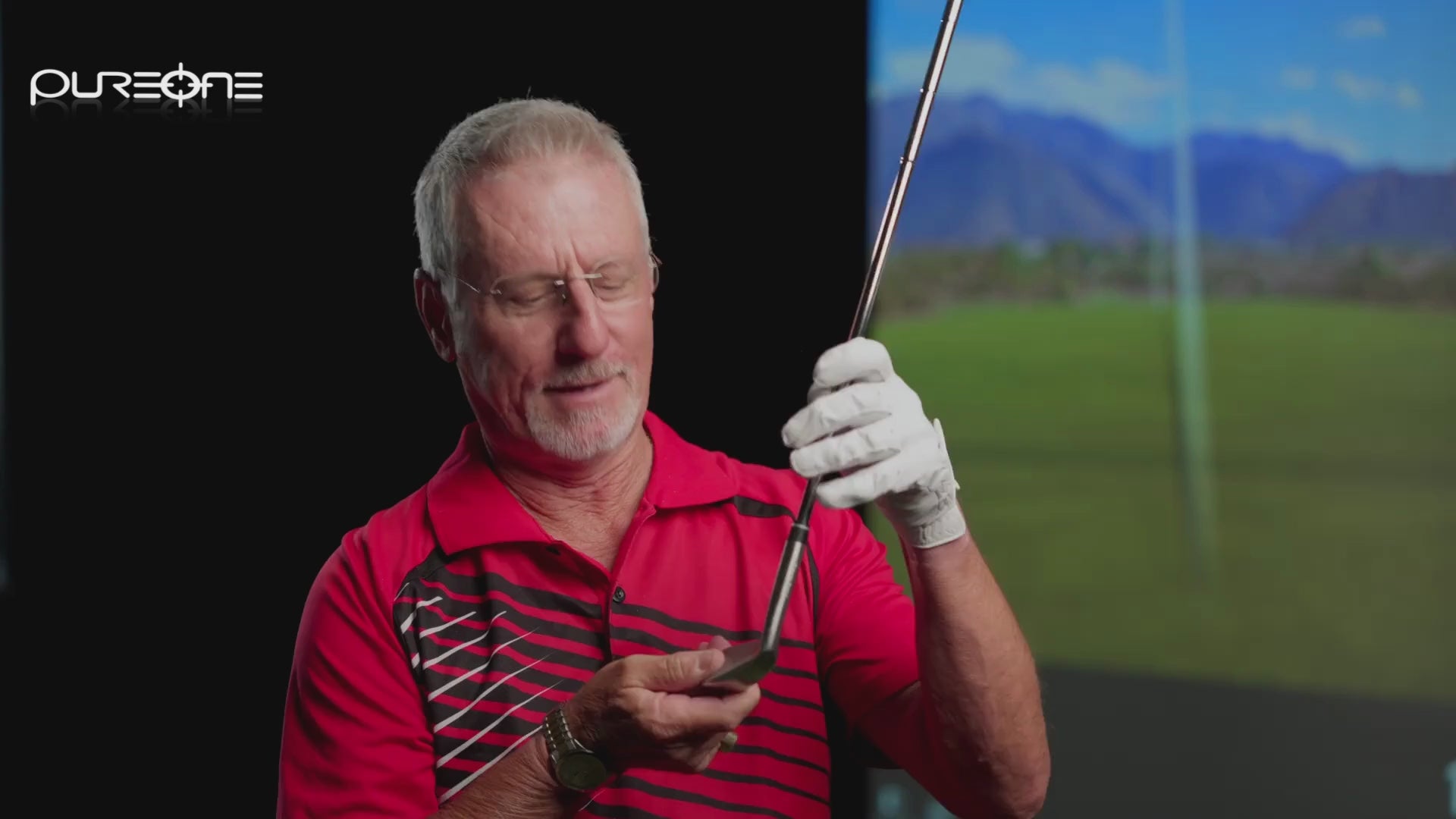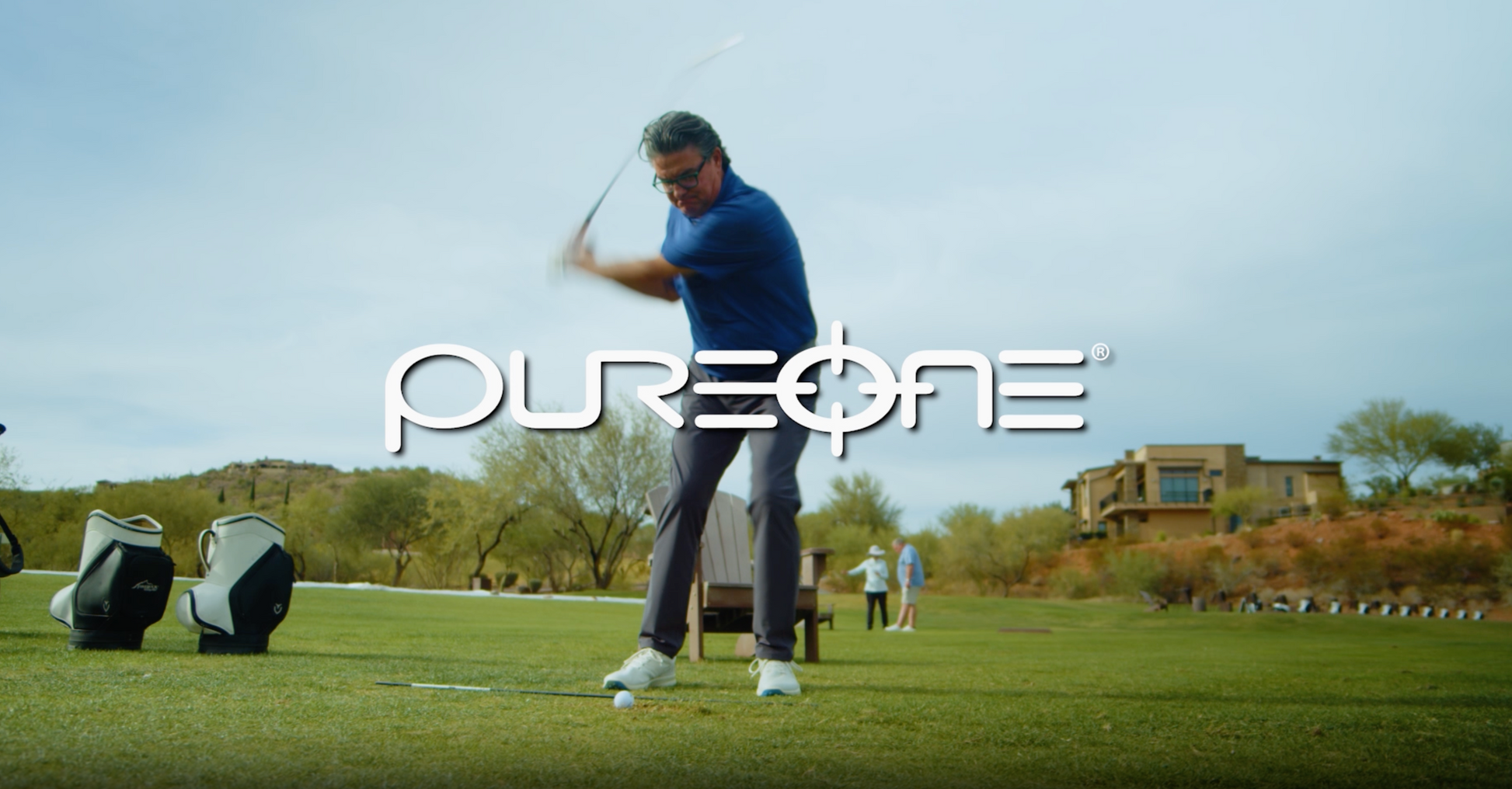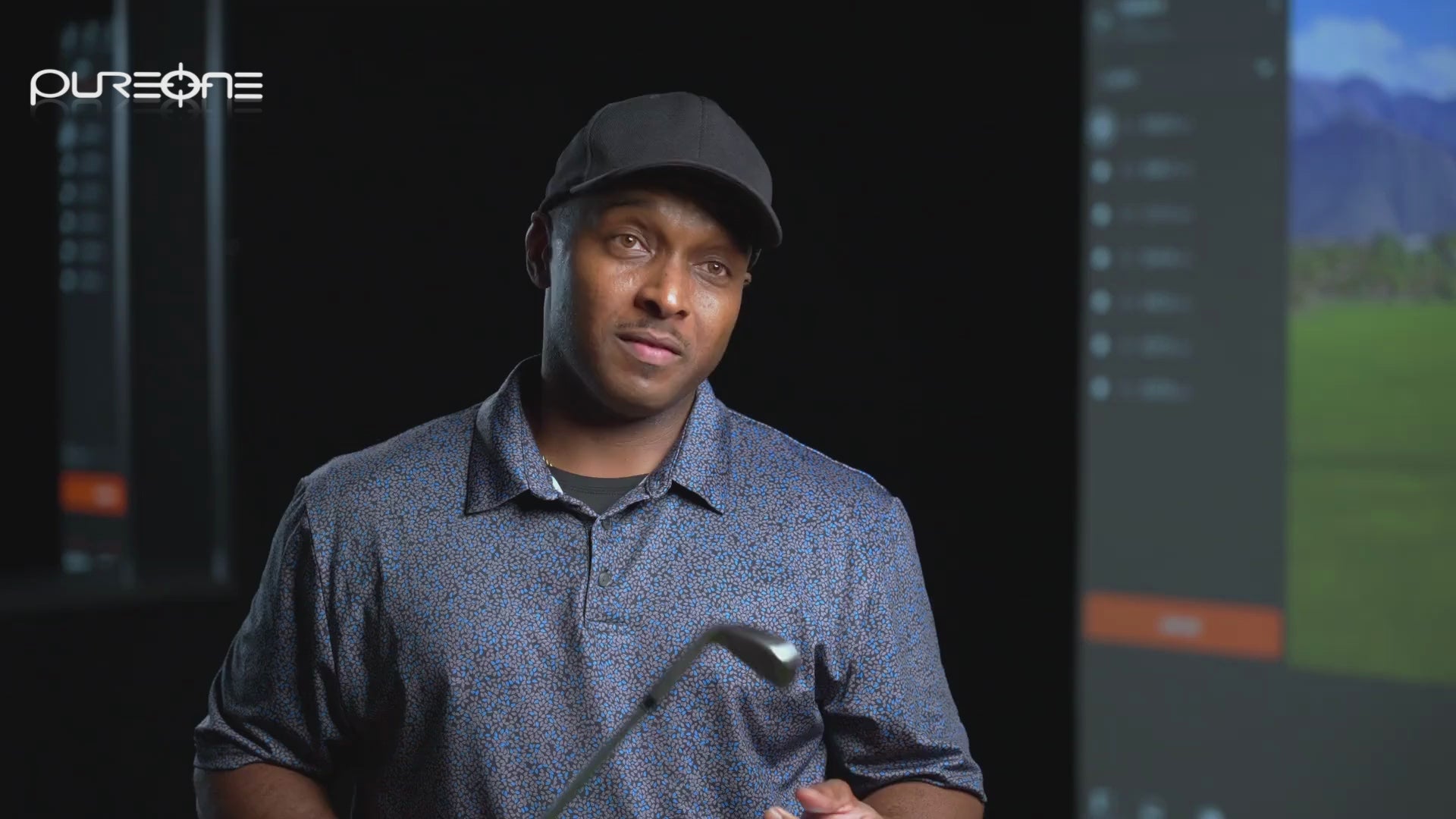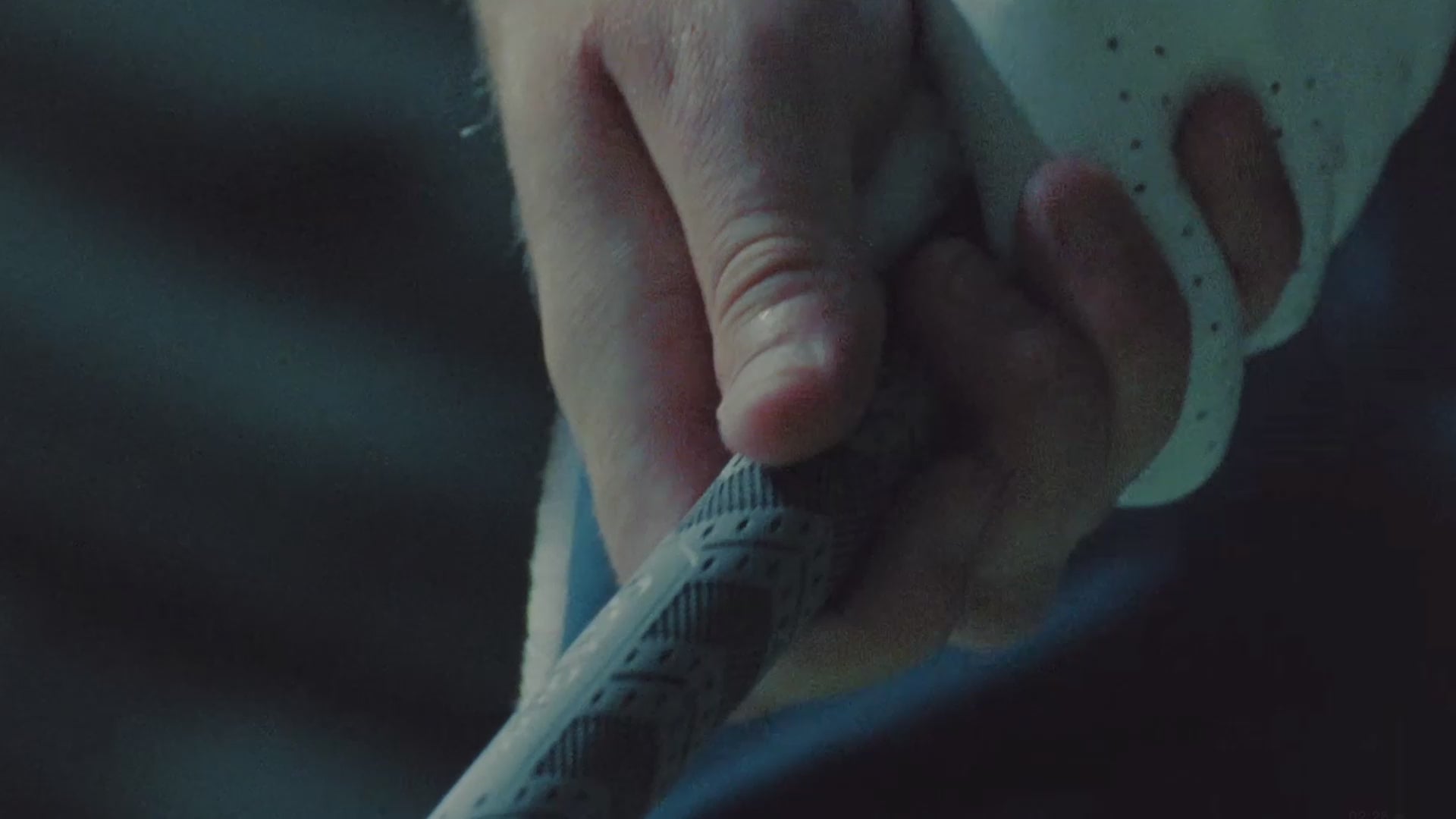Golf Practice: 3 Keys for Better Impact
Feb 28, 2025
One of the biggest challenges in golf is controlling the quality of your impact. When you struggle with impact, you'll often hit the ball inconsistently — fat or thin, off-line, and shorter than you'd like.
While the quality of your impact can be assessed in different ways, the most common aspects that golfers struggle with are the Low Point, Arc Depth, and what's called Dynamic Loft.
But with the help of PureOne during golf practice, every golfer can better develop these impact characteristics by using different drills on the driving range, allowing you to improve your impact.
3 golf practice keys to improve contact
1. Low Point
Your Low Point refers to where the club bottoms out during your downswing. It can occur before, at, or after the golf ball — so the low point is a critical factor when it comes to impact, as it influences how solidly you strike the ball.
To work on improving your low point, you should draw a line in the grass and practice making divots that start on and work in front of the line.

Since many amateur golfers have faulty pivots (how you twist and turn and displace weight), this can cause the club to bottom out in the wrong area.
Whenever you make a divot behind the line, you're not getting forward early enough, leading to a divot that's in front of the line. So the proper blend of shift and rotation will cause the club to bottom out where it should — on the line and forward.
2. Arc Depth
Arc Depth refers to the vertical position of your Low Point. You can bottom out above the ball (leading to thin shots or topping the ball), at the ball (resulting in solid contact), or below the ball (which produces fat shots).
To control your Arc Depth, it's crucial to maintain consistent golf posture throughout the downswing. If you stand up (get taller), the Low Point will shift too high, causing you to hit the ball thin. Conversely, if you bend too much (get shorter), the Low Point will bottom out below the ball, leading to fat shots.

For more consistency, try this easy golf practice drill the next time you're on the driving range — which doesn't even include a golf ball!
Simply stick a tee into the ground and practice hitting it with your club. If you can consistently clip the tee off the ground, then you'll have no problem hitting a golf ball (since it's a bigger target).
3. Dynamic Loft
Dynamic Loft is the amount of loft you deliver to the ball at impact. It plays a significant role in determining both the contact and overall distance of each shot, so by adjusting the shaft angle at impact, you can influence the loft of the club.
For instance, if you lean the shaft forward, you’ll de-loft the club — which results in more compression and stronger, lower shots. But if you back the shaft up, you’ll add loft, causing the ball to fly high and spin excessively — which often results in a less solid feeling and shorter distance.

To practice controlling your Dynamic Loft, work on hitting punch shots, which are low, controlled shots with partial swings. This will help you develop the feel for reducing loft at impact.
By mastering this, you'll ultimately hit the ball farther with more effectiveness, providing better control over your distance.
Take these elements to your next golf practice session
By practicing these three elements — Low Point, Arc Depth, and Dynamic Loft — you’ll significantly improve the quality of your ball-striking.
Start slow, build some confidence, build up muscle memory, and begin to see the results you hope for. It will take some repetitions to feel the changes, but, ultimately, you will find more quality impact in the end.
Tom Stickney is the Lead Teaching Pro at Jonathan's Landing Golf Club in Jupiter, Fla., and is recognized as a top golf instructor by GOLF Magazine. You can discover more about Stickney on his Instagram account.






